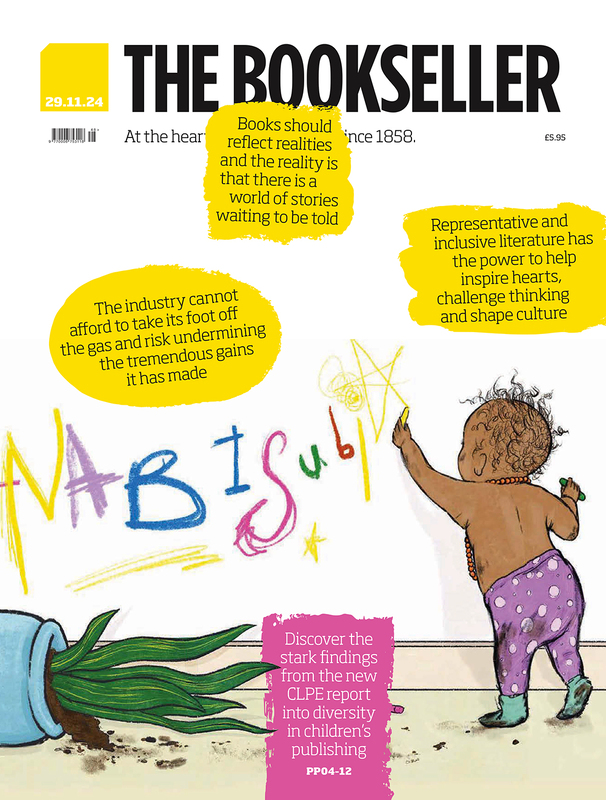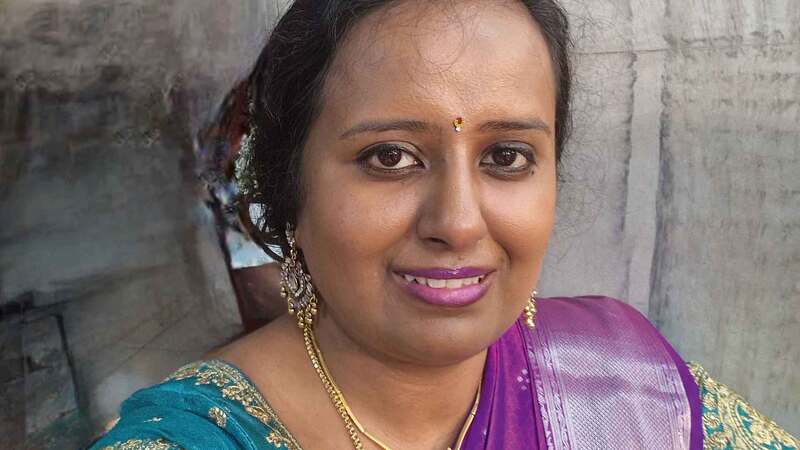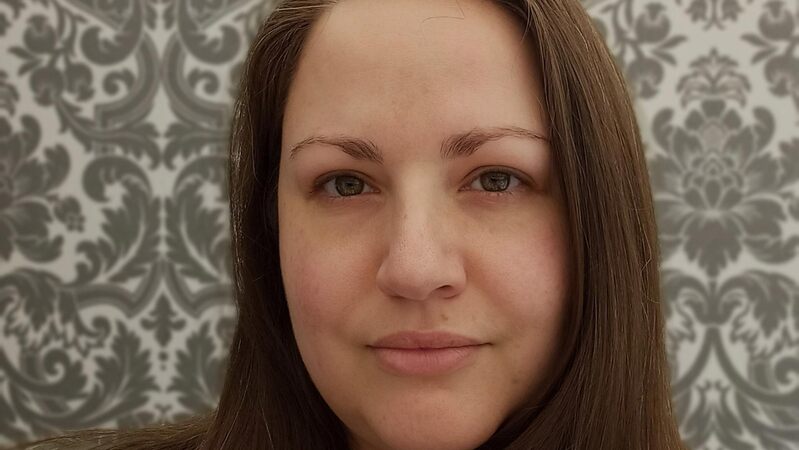You are viewing your 1 free article this month. Login to read more articles.
Tracy Chevalier: Past Mistress
“It’s not the big book that is going to explain America”, says Tracy Chevalier of her new novel, The Last Runaway. And yet, published four months after the US presidential election and set in Ohio, the state that proved so crucial to Barack Obama's re-election, this novel is more illuminating than many attempts at a ‘great American novel’.
Chevalier is known for a collection of bestselling novels that are unified by being set in the past, such as Remarkable Creatures, Falling Angels and Burning Bright but she does not see herself simply as a ‘historical’ writer. “I suppose I see myself as a novelist who seems to have written primarily in the past, rather than a historical novelist. I laugh that I turned out this way, as it was never part of the plan.”
Girl with a Pearl Earring
Chevalier’s second novel, and the one which made her name, Girl With a Pearl Earring, was inspired by a poster of Vermeer’s painting which had hung above her bed for years, though the finished novel was the result of detailed research into the painter’s life. The idea for her latest book also came from a concrete object – this time a commemorative bench she discovered on a visit to her old university town of Oberlin, where much of the book is set. “Years ago Toni Morrison mentioned in an interview that there were no memorials to the African American history of slavery, not even a bench by the road. Someone took up that line and decided to put up a series of benches at places of significance for African Americans. Oberlin was one of those places.”
The Last Runaway
The Last Runaway, rich with atmosphere and tension, is set in 1850s Oberlin and its surrounds, as Honour Bright leaves Dorset with her engaged sister Grace for a new life in America. But within weeks of their departure Grace is dead, leaving Honour alone in a new country, making her way to a man she does not know and an existence she is utterly unprepared for. Painfully aware of the distance home, she begins to stitch together a new life, albeit one that is unrecognisable from her former life in the English countryside.
As she battles the differences in temperament, society and climate, Honour finds herself confronting further strange territory: Ohio’s infamous ‘underground railway’. A discreet, elusive network of secret connections running across the state and up to Canada, the underground railway was one that ran without steel tracks – it was a metaphorical name for the various routes, via sympathetic helpers, that escaped slaves used to get out of the US. A Quaker, Honour feels compelled to help the escapees she discovers, leaving out food, hiding them and passing on messages, but she soon realises that her decisions have huge consequences.
Chevalier’s own upbringing had a strong Quaker influence – she spent seven years, running into her teens, attending a Quaker summer camp in Maryland, and she still occasionally goes to Quaker Meeting. The religious movement famed for its emphasis on quiet and peacefulness seemed a perfect match for the book and its developing characters. “With Honour, the first thing that came was her name,” she explains, “and the second thing was that she would be Quaker. At the same time I was thinking about the underground railroad; I knew that a lot of Quakers worked on it. At that time I was also feeling like the world was an incredibly noisy place. I was craving silence. It appealed to me to have a character who was quiet.
Writing history
“When I first started writing the book I really didn’t want to have her say anything. Not to be mute, but to not speak. In the end that had to change. The other thing I had to work with was that Quakers are not allowed to lie. I found that the hardest thing to get around, because most novels are built on lies or on how people omit to say things to others. When you don’t get to have that, it’s really difficult.”
So how did Chevalier create tension in a world peopled by such black-and-white ideals? “I had to make sure I didn’t end up with a book full of goody-goodies on my hands!” she laughs, explaining that as Quaker belief holds that everyone has God in them, so everyone is held equal – and so the idea of enslavement would be antithetical to them. “But then I discovered that some early 18th-century Quakers had kept slaves, and things became a lot more interesting. Honour has to come to terms with the idea that life is not principled in the way that we might like it to be. It’s nuanced.”
In addition to her engagement with the underground railway, the delicately drawn Honour takes on significantly stronger characters than her English upbringing has prepared her for, from the charismatic slave-hunter Donovan to his fiery, straight-talking sister Belle. “Well, [Honour] is attracted to Donovan when she certainly shouldn’t be,” says Chevalier with a twinkle in her eye, before admitting that she wanted Honour’s friend Belle to be “as little like a ‘Belle’ as possible. I found an image of [a real] Belle Mills’ Milliners Shop while researching and I knew that I wanted a character who was the opposite of what we would imagine a milliner being like. She had a tiny part in the first draft but I liked her. I had fun writing her. I moved scenes primarily so that we could have more of Belle.”
Chevalier mentions her research with a lightness of touch, almost as if it were little more than procrastination, but it’s clear that what she does is considered. When asked if her husband ever accompanies her on research trips she hoots with laughter: “He’d be bored out of his mind! My idea of research is to drive a little bit, stop, pull over, sniff the air, take some pictures of wild flowers to try and identify them. I also became fixated on barns,” she confesses. But it is clear how far she went to be able to feel what Honour felt – she tells of visiting Amish farming communities to see people working with no electricity and even without nails.
“I couldn’t take notes or photos in front of my host so I just had to take it in. That feeling of utter alienation from the way we live was very powerful. It was how Honour must have felt. The smells and sensations were interesting but most of all that powerful sense of otherness overwhelmed me. I am sure I remembered it better because I couldn’t photograph it.”
Quilting
The research continued back home with the help of a local group of quilters. Honour is a talented sewer, admired for her miniscule stitches, and Chevalier was determined to study the craft directly – by learning to quilt herself. Honour’s crafting calms her and creates a sense of continuity between her old life and the challenges of the new. “I like to have my characters doing things with their hands while they’re working,” Chevalier explains. “It feels more natural.”
Moments later, she is pulling her own efforts from her bag, delightedly explaining that she is on her way back from her own quilting group. “When you get into the intricacies of how something works it’s just easier to write about,” she says, tugging pieces of fabric from her bag to show me. “I am trying to [use] old bits of clothes – some trousers someone left at my house, and all sorts.” Her quilting might not yet be up to the standard of her novels, but she’s well on the way.
The Last Runaway by Tracy Chevalier is published by HarperCollins.
This feature is taken from the spring issue of We Love This Book magazine: read in full here.













